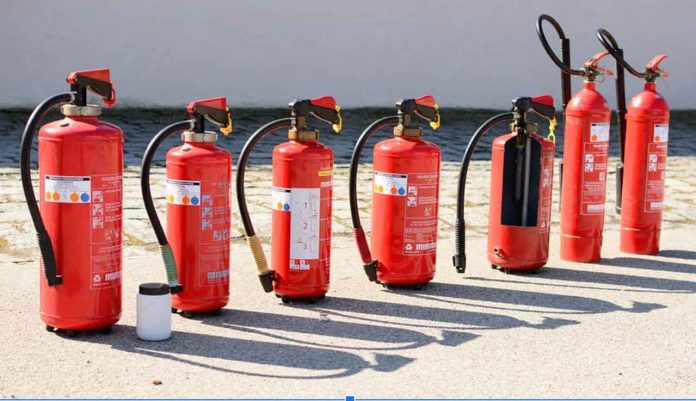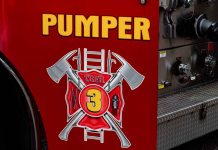Fire extinguishers are essential tools for businesses, but not all fire extinguishers serve the same function. Restaurants and commercial kitchens should utilize specially designed Class K fire extinguishers that are installed, maintained, and easily accessible.
These fire extinguishers are specifically designed to combat fires involving cooking oils and animal fats. By using wet chemicals to cool the fire quickly and form a soapy foam layer to protect from further re-ignition, these extinguishers prevent further outbreaks.
For businesses seeking a comprehensive range оf industrial safety supplies, including high-quality fire extinguishers, partnering with a reputable supplier іs essential.
They Combat Cooking Oil and Grease Fires
Oil and grease-related kitchen fires pose unique dangers, posing immediate threats to staff members and customers while potentially wreaking severe property damage. Preventing such fires by providing staff training in preventative measures and devising an evacuation plan will go far toward keeping everyone safe.
Many commercial buildings employ ABC extinguishers that can effectively put out paper/wood (Class A), flammable liquids (Class B), and electrical fires (Class C). Unfortunately, these extinguishers do not cover cooking fires that involve oil and fat as these fall under Class K fires, a subcategory of flammable liquids.
Class K fire extinguishers can help combat grease fires more effectively than traditional methods by mixing an alkaline mixture with organic oils and fats to form a foam layer, depriving flames of oxygen. This approach is far more efficient than spraying water on it as this would likely spread further and rekindle further flames.
They Prevent Re-Ignition
Water can often serve as an effective firefighting agent by cooling the burning material and dissipating heat, but Class K fires require special agents that will saponify oil or fat and turn it into something less combustible, such as soapy substances that cannot burn.
Restaurants, cafeterias, and any establishment using large amounts of cooking oils or fats are highly vulnerable to fires caused by cooking oil splatter. As such, these establishments must possess specific fire extinguishers designed specifically to combat this threat.
Additionally, these establishments should offer guidance and education to their staff about how to use fire extinguishers during emergencies. Furthermore, they should stress the importance of reporting any fire incident of any size to avoid future tampering with or misuse of equipment.
They Are Easily Accessible
Class K fire extinguishers are essential components of commercial kitchens as they have been tailored specifically for the types of fires that commonly arise there. These fires typically involve cooking liquids such as vegetable or animal oils that fuel flammability as well as grease buildup that makes them harder to extinguish than other kinds of flames.
Standard dry chemical fire extinguishers are ineffective against this type of fire and may even exacerbate it further by spreading it further. Wet chemical extinguishers employ wet substances that rapidly cool and coat burning cooking oil with soapy foam that quickly cools it quickly to smothering and extinguish it, breaking down its source fuel source, and preventing any possible re-ignition.
Restaurants, cafeterias, office kitchens and food trucks rely on Class K fire extinguishers to safeguard employees and patrons. Placing and inspecting these extinguishers regularly will ensure they can be easily reached during emergencies – keeping them visible is also key for their placement and accessibility.
They Are Effective
Class K fire extinguishers are specifically designed to address fires involving cooking oils and animal fats that become flammable when heated, unlike standard dry chemicals which only serve to make matters worse. Never use water on these types of fires since its only effect will be to spread and spread further the flames than put them out!
Class K fire extinguishers are the best solution for fighting these types of blazes. These wet chemical fire suppression agents work by creating a soapy foam on top of oil and fat deposits, cooling it down while preventing future flare-ups.
Restaurants must include a Class K extinguisher in addition to their built-in kitchen fire suppression system above the cookline, and activate it only after their primary system has been used and all cooking equipment has been shut off. Society Insurance recommends speaking to an expert in fire safety for advice about which fire suppression systems would best serve your restaurant.





